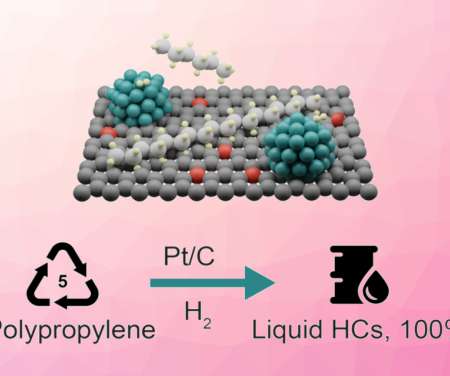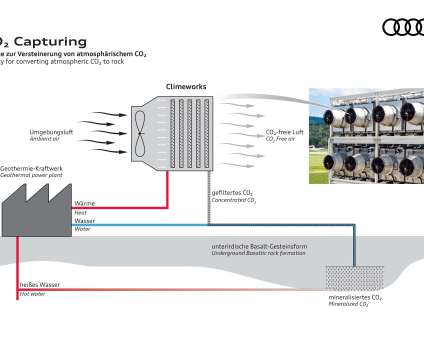ETH Zurich catalyst can convert polypropylene directly into motor oil with high selectivity
Green Car Congress
OCTOBER 27, 2021
Researchers at the Swiss Federal Institute of Technology (ETH) Zurich, Switzerland, have developed a carbon-supported platinum nanoparticle catalyst that can achieve complete hydrocracking of polypropylene into liquid hydrocarbons (C 5 –C 45 ). Polypropylene constitutes about 30% of all plastic waste. Shibashish D. 202101999.












Let's personalize your content